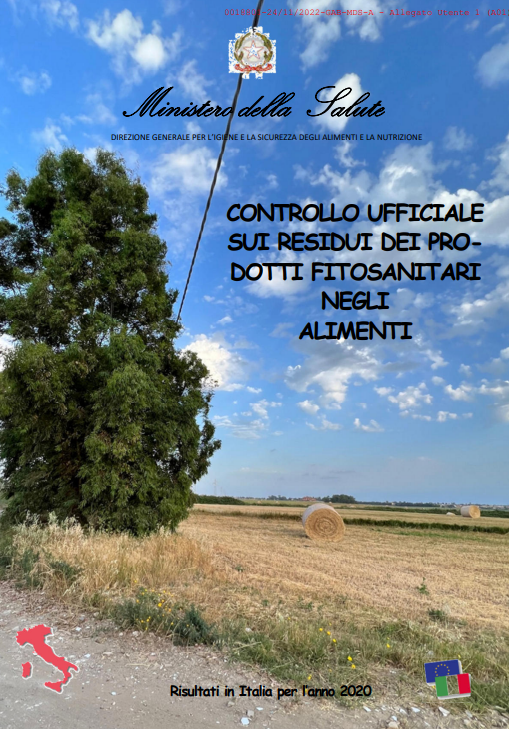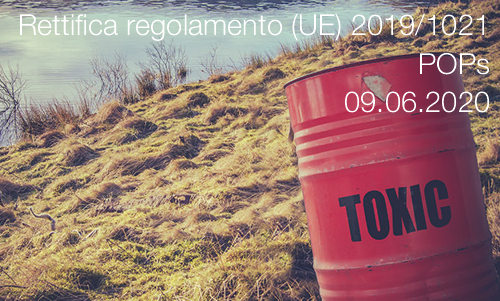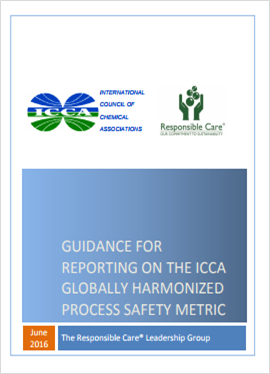Informazione tecnica HSE / 25 ° anno
/ Documenti disponibili:
45.633
/ Documenti scaricati: 34.652.923
/ Documenti scaricati: 34.652.923
ID 17829 | 13.10.2022
Sharing of information on hazardous chemicals continues to increase
According to ECHA’s latest biennial report under the Prior Informed Consent (PIC) Regulation, the EU sent almost 20 000 notifications for the export of hazardous chemicals during 2020-2021 – which is 23 % more than in 2018-2019 – to 156 non-EU importing countries.
Helsinki, 12 October 2022 - Under PIC, the EU has to provide these export notifications to the authorities of non-EU importing countries, before the export of the chemical takes place. They contain information on where hazardous chemicals listed under PIC are exported, for what uses, and give information on their hazardous properties. This includes how to safely store, transport, use and dispose of them.
During 2020-2021, in addition to export notifications, 19 new final regulatory action (FRA) notifications were submitted by the EU to the Rotterdam Convention – the global convention regulating the trade of hazardous chemicals. These notifications inform the Parties to the Convention that the use of these chemicals has been banned or severely restricted in the EU and are a first step towards a possible inclusion of these chemicals in the Convention. During 2018-2019, only nine FRA notifications were submitted, as indicated in a recently updated version of the previous report.
The EU also sent 40 explicit consent responses to non-EU importing countries that were planning to export hazardous chemicals to the EU.
Finally, the EU responded to 11 ad hoc questions from non-EU authorities or organisations – a slight increase from the previous reporting period where 9 questions were received. Most of the questions related to the reasons why the EU has banned or restricted the use of the chemicals intended to be exported.
[...]
Fonte: ECHA
Collegati

ID 18547 | 03.01.2023
Il controllo ufficiale degli alimenti e delle bevande, di cui al Regolamento UE 625/2017, ...

del Parlamento europeo e del Consiglio, del 20 giugno 2019, relativo agli inquinanti organici persistenti
GU LI 179/4 del 09.06.2020
______
1. Pagina 61, allegato ...

This new guidance is based on a global ICCA guidance and introduces universally applicable process safety Key Performa...
Testata editoriale iscritta al n. 22/2024 del registro periodici della cancelleria del Tribunale di Perugia in data 19.11.2024